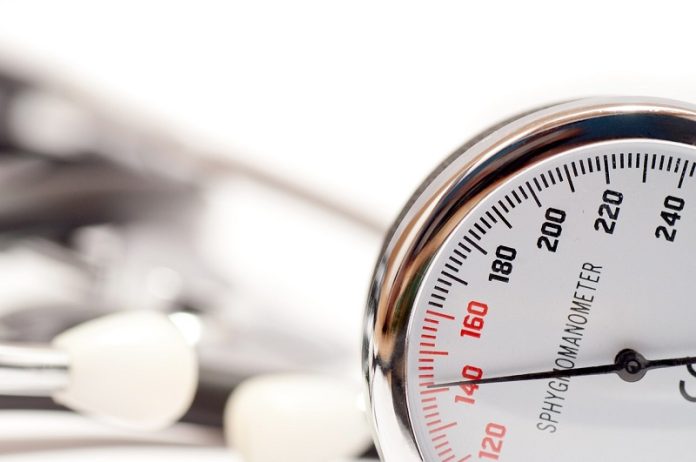
Expanding home blood pressure monitoring among US adults with hypertension could significantly decrease the burden of cardiovascular disease and save on healthcare costs in the long term, according to a new study in the American Journal of Preventive Medicine.
The findings indicate that broader home monitoring could mitigate health disparities affecting racial and ethnic minorities and rural residents by reducing cardiovascular events among US adults.
Findings and Potential Impacts
Yan Li, Ph.D., Professor at the School of Public Health, Shanghai Jiao Tong University School of Medicine, elaborated on the study’s significance, “Our study is among the first to assess the potential health and economic impact of adopting home blood pressure monitoring among American adults with hypertension.
We found that it facilitates early detection, timely intervention, and prevention of complications, leading to improved control and better health outcomes.”
The study found that the implementation of home blood pressure monitoring, as opposed to traditional clinic-based care, could reduce myocardial infarction (MI) cases by 4.9% and stroke cases by 3.8% over 20 years.
Non-Hispanic Blacks, women, and rural residents exhibited more averted cardiovascular events and higher cost savings with home blood pressure monitoring compared to non-Hispanic Whites, men, and urban residents.
Greater Benefits for Rural Areas and Overall Healthcare Cost Savings
In rural areas, home monitoring could potentially lead to a reduction of 21,278 MI cases per one million people compared to 11,012 MI cases per one million people in urban areas.
Rural residents generally have a higher prevalence of hypertension and uncontrolled hypertension than urban residents and often face additional barriers in accessing primary care services.
Based on actual healthcare payment data from the Medical Expenditure Panel Survey (MEPS), the researchers projected an average of 4.4% per person annual savings and an average of $7,794 in healthcare costs per person over a span of 20 years due to home blood pressure monitoring adoption and the resulting decrease in cardiovascular disease cases.
Challenges in Traditional Clinic Monitoring
Hypertension, characterized by a systolic blood pressure (BP) greater than 130 mmHg or a diastolic BP greater than 80 mmHg or being on medication for it, is a pressing public health challenge in the US, with serious implications for the development of heart disease and stroke, leading to substantial healthcare costs.
Traditional clinic monitoring, the prevalent method for BP measurement and hypertension diagnosis, has numerous drawbacks, including infrequent patient visits and compromised accuracy due to the “white coat” or “masked” effects.
Home blood pressure monitoring overcomes these challenges, providing more comprehensive and accurate data compared to sporadic measurements obtained during clinic visits.
However, due to inadequate health insurance coverage, lack of investment in preventive services, and limited health promotion efforts provided by primary care physicians, this highly effective practice has not been widely adopted in the US.
Change Brought About by the Pandemic and Future Directions
The healthcare disruptions caused by the COVID-19 pandemic between 2020 and 2022 resulted in home blood pressure monitoring receiving increased attention.
“Given that almost half of all adults in the US (47%) are affected by high blood pressure, and considering the persistent health disparities in cardiovascular health, it is very important to advocate for the widespread adoption of effective and cost-saving strategies,” said Co-lead investigator Donglan Zhang, Ph.D., Associate Professor, Center for Population Health and Health Services Research, New York University Long Island School of Medicine.
He concluded, “Home blood pressure monitoring empowers patients to take a more active role in managing their chronic conditions.
Our findings provide compelling evidence for healthcare systems and payers supporting the broader implementation of this intervention.”
If you care about blood pressure, please read studies that common painkillers can harm your blood pressure, and common high blood pressure drugs may actually raise blood pressure.
For more information about blood pressure control, please see recent studies about teas that may help reduce high blood pressure, and results showing this recommended high blood pressure drug may have dangerous side effects.
The study was published in the American Journal of Preventive Medicine.
Follow us on Twitter for more articles about this topic.
Copyright © 2023 Knowridge Science Report. All rights reserved.



